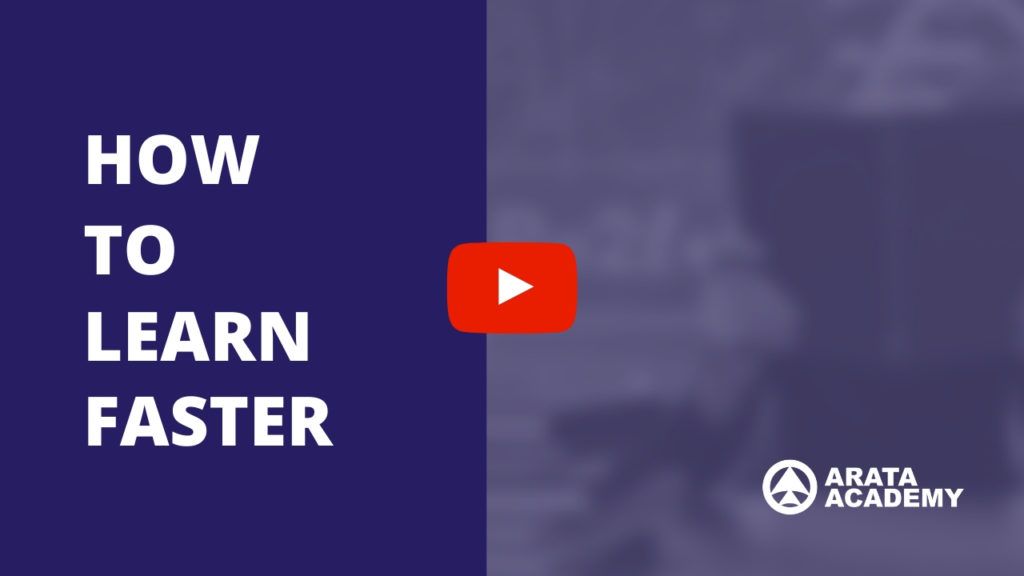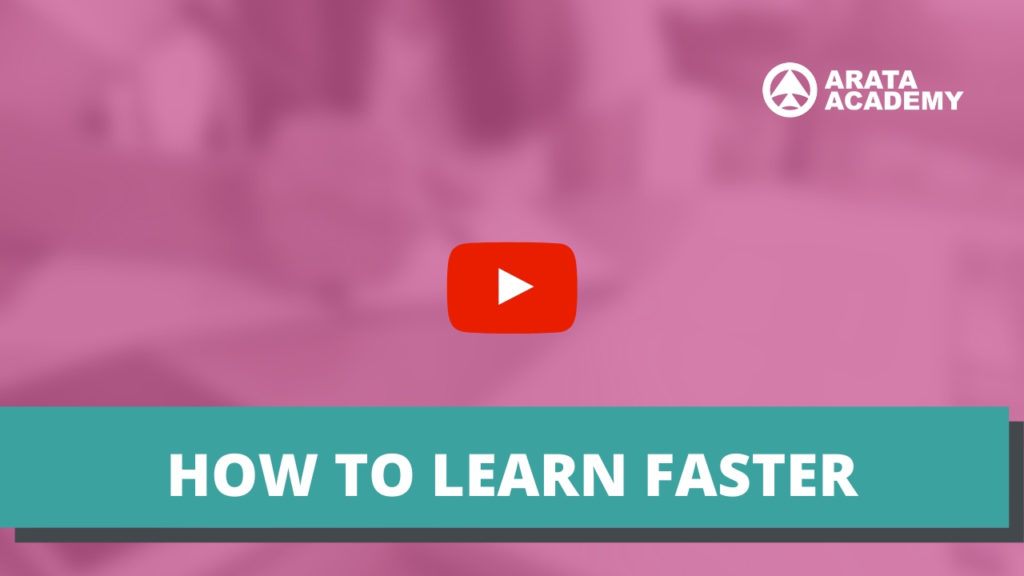Study Arata! According to The Learning Pyramid, the most effective way to learn is by teaching someone else or by trying to put into action what you have learned right away, since people retain:
90% of what they learn when they teach another person or when they use it immediately.
75% of what they learn when they practice what they have learned.
50% of what they learn when participating in a group discussion.
30% of what they learn when they attend a lecture.
20% of what they learn from audiovisual sources.
10% of what they learn through reading.
5% of what they learn from a lecture.
Isn’t it impressive? Unfortunately, the Learning Pyramid has no solid scientific backing. In the second part of this video, we’ll conduct a more detailed review. Before criticising it, let’s think: what can we learn from this model?
They say that a wise person is able to find lessons even in low quality material. A fool can’t learn anything, even from the best material in the world. Let’s take a stand for wisdom and investigate what we can learn today. Although it’s not a scientifically proven model, there’s a useful lesson that we can take advantage of from the Learning Pyramid.
When you try to learn something without putting much effort in, it’s called trying to learn passively. It happens when you just quickly glance through your study material. Without reflecting on it, without trying to put it into practice. If you do this, you’re putting yourself at a disadvantage in learning.
One way to actively learn is by teaching someone or trying to immediately put into practice what you’ve learned. Try teaching the information you receive, and you’ll realise that it isn’t easy. You might even make mistakes. This is because the interpretation of the work varies from the writer or speaker. You just interpreted what they said. Often the interpretation isn’t 100% correct.
These mistakes are a good thing, because they let you identify your problem areas so you can work on them. They force your brain to focus.
Listening to or reading something passively is just listening or reading. It’s not real learning. Real learning comes from making mistakes. The mistakes come from the implementation of the information.
This is why a lot of people struggle to learn: they refuse to make mistakes. Just reading passively or sitting around watching a class is a way to avoid making mistakes.
Critique of the Learning Pyramid
A lot of people support the theory of the Learning Pyramid. Just a quick look on the internet will come up with several websites supporting and repeating the idea.
What we call the “Learning Pyramid” is actually an accumulation of several different models relating to different degrees of information retention. There are several similar models, sometimes called “learning cone”, “cone of experience”, “retention cone”, or “retention pyramid”.
However, there’s no scientific evidence to support the numbers in the pyramid. Worse still, the numbers directly contradict much of what scientific research tells us about learning.
The information in the Learning Pyramid is generalist and simplistic. There’s no record showing that people learn better in this order or with these numbers. There’s also no evidence that content from an audiovisual source is better learned than just written content.
Aside from the fact that the numbers are not based on scientific research, the most important thing is to remember that people are different. We can’t just assume that the Learning Pyramid (or any other model that measures learning level) is valid for everyone.
The ease of remembering and the liveliness of memories of situations in which learning occurred doesn’t necessarily represent how we actually learned. You may remember the little tune your physics teacher taught you to help you to remember a formula. But that doesn’t mean that you have really learned the concept behind the formula or the concrete problems in which the formula can be applied.
The Learning Pyramid model doesn’t have enough evidence to back up it’s findings. There’s no empirical evidence. Any attempt to perform model experiments will lead to major methodology problems.
Another methodological problem is taking a test. How do we evaluate who has learned the best? Imagine that we have a group of volunteers studying a foreign language. I divide the group, so that a group would only learn vocabulary with their eyes closed, without reading anything, just listening to the words. There’d be another group that would only read books with that vocabulary. In order for the test to make comparisons in an attempt to find out who has learned the most, the test has to be the same. Obviously if the test is written, those who have read the book will get a higher grade. If the test is oral, the people who have heard the words correctly pronounced are going to get better grades.
Learn as if you had to teach
This problem of level independence is, in fact, a good indicator to improve the quality of our study. Preparing to teach another person is a great learning technique, as it will require us to read and understand the content.
So the tip is this: when you learn, imagine that you need to teach someone about it. If possible, take part in a study group. Teach your colleague. Share what you’ve learned. Answer any questions your colleague might have. Nothing will help you absorb more information than when you make mistakes. It is through making mistakes that real learning happens.
This practice will help your learning simply because you will be devoting more time to study.
When you imagine that you will have to teach someone else, you’re forced into practicing a kind of active reading. Active reading is the best way to gain knowledge. Passive reading is just flipping through the content without reflecting on it.
To improve the way you learn and use active reading, download a copy of the Arata Academy Summary on the book How to Read a Book – visit the link here.

